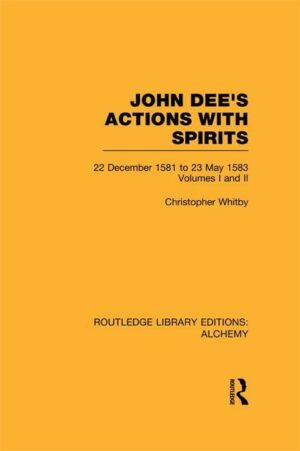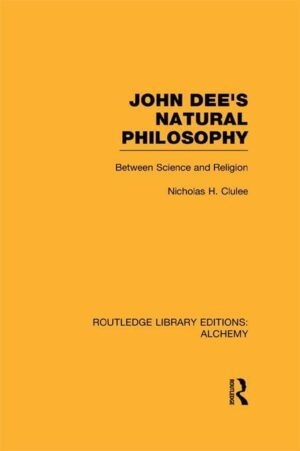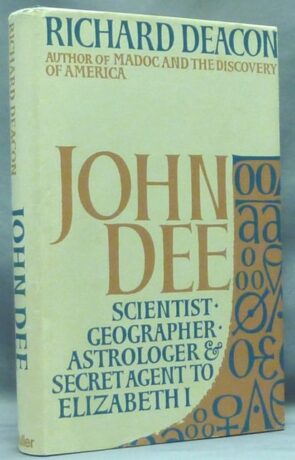Skip to content
Magick Matters
"This is the definitive study of John Dee and his intellectual career. Originally published in 1988, this interpretation is far more detailed than any that came before and is an authoritative account for anyone interested in the history, literature and scientific developments of the Renaissance, or the occult.
John Dee has fascinated successive generations. Mathematician, scientist, astrologer and magus at the court of Elizabeth I, he still provokes controversy. To some he is the genius whose contributions to navigation made possible the feats of Elizabethan explorers and colonists, to others an alchemist and charlatan.
Thoroughly examining Dee’s natural philosophy, this book provides a balanced evaluation of his place, and the role of the occult, in sixteenth-century...>>
"John Dee was Renaissance England's first Hermetic Magus, a philosopher-magician. He was also a respected practical scientist, an immensely learned man who investigated all areas of knowledge. In this fine biography, Peter French shows that not only magic and science, but geography, antiquarianism, theology, and the fine arts, were fields in which Dee was deeply involved.
Through his teaching, writing, and friendships with many of the most important figures of the age, Dee was at the center of great affairs and had a profound influence on major developments in sixteenth-century England. Peter French places this extraordinary individual within his proper historical context, describing the whole world of Renaissance...>>





